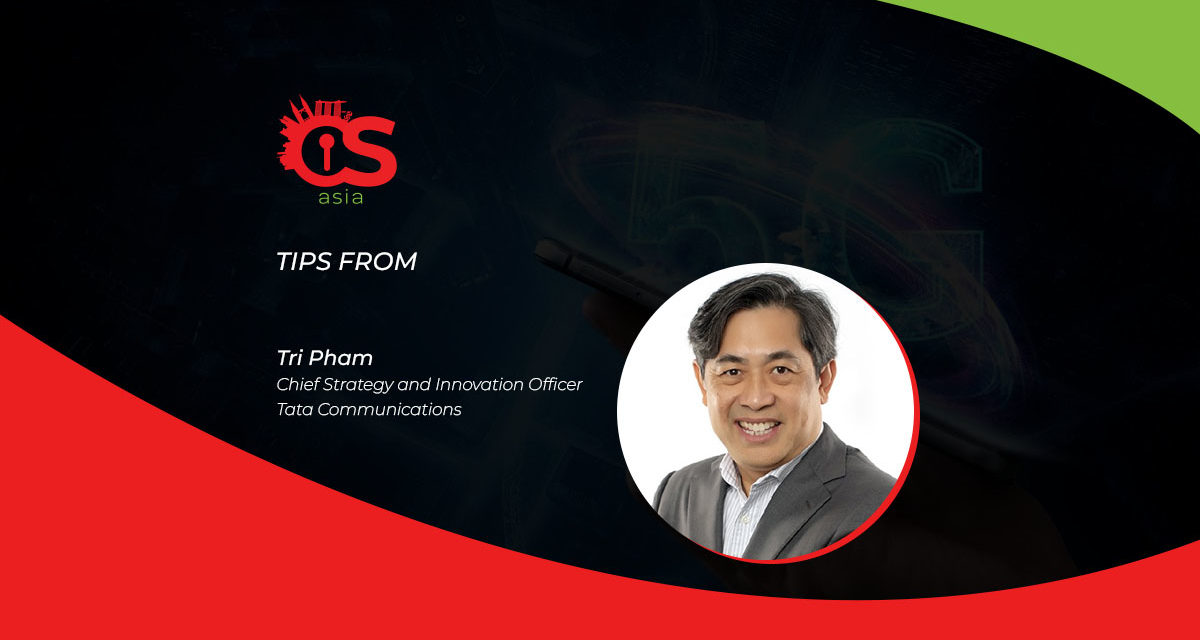All the benefits of adopting the latest connectivity technologies can be wiped out in just one cyberattack without SASEcurity aforethought.
In the region’s ever-evolving digital landscape, Application Programming Interfaces (APIs) have assumed a central role. They empower businesses to seamlessly connect systems and data with partners, innovate new products, enhance efficiency, and access previously untapped markets.
However, this surge in API adoption also introduces a substantial security risk. APIs, often exposed to the internet, have become attractive targets for cyber attackers. One survey from 2020 was already suggesting that that 71% of APAC respondents faced API attacks costing an average of US$1.3million.
Furthermore, the advent of 5G technology has reshaped the landscape of cellular-based IoT projects, ushering in high-throughput, low-latency applications such as security cameras, drones, and connected cars. The integration of IoT devices into various business processes, including asset tracking and patient monitoring, virtually extends the enterprise network perimeter, exposing a broader attack surface to malicious actors.

Confronting the challenge
To tackle this multifaceted threat landscape head-on, Chief Information Officers (CIOs) across the world and the region need to turn to network edge-based security solutions rooted in the principles of zero trust.
The Mobile Secure Access Service Edge (SASE) represents a cloud-based security architecture that amalgamates networking and security functions into a single service. SASE, when applied at the network edge where data flows between endpoints and the cloud, aligns seamlessly with zero trust principles.
The synergy between zero trust and Mobile SASE forms a comprehensive shield, defending enterprise endpoints against the onslaught of cyberattacks. Mobile SASE enforces stringent security policies at the network edge, while zero trust principles meticulously scrutinize and validate every access attempt before granting permissions.
This strategic approach holds particular promise in fortifying the security of remote and mobile Internet of Things (IoT) devices. These devices often pose unique security challenges, as they may lack the resources to accommodate security agents or backhaul all traffic to the cloud.
Network edge security solutions, orchestrated from the core network, eliminate the need for security agents on each device and curtail the volume of traffic that necessitates cloud backhauling. This results in enhanced application performance, cost savings, and simplified security management.
In regarding the looming threats associated with API-based applications and the expanding universe of IoT devices, CIOs need to consider embracing network edge-based security solutions to erect a robust defense, shielding their enterprise endpoints from cyberattacks and ensuring unbroken business continuity and resilience.

















